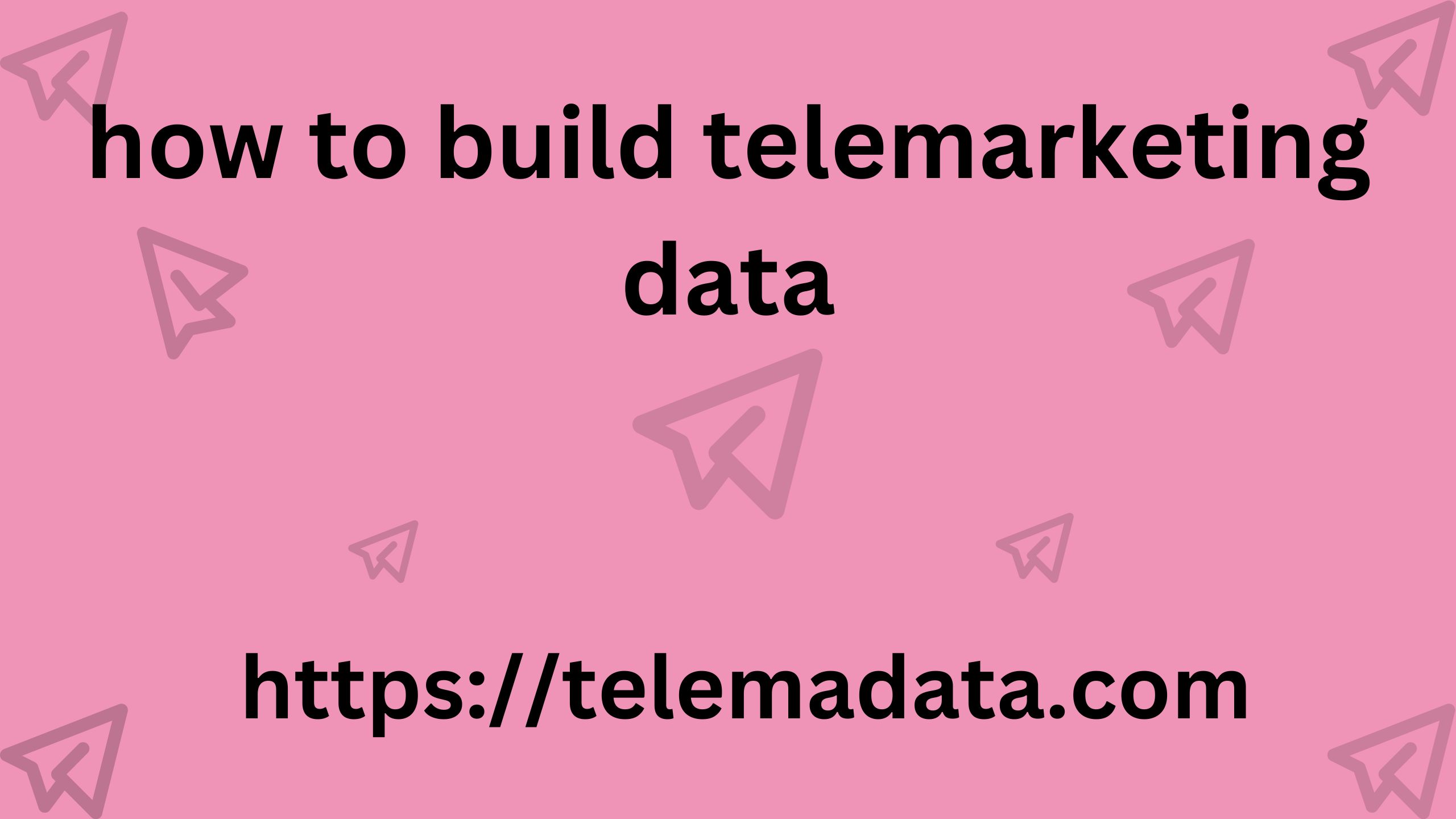What is Semantic SEO? Semantic SEO Technique
Semantic SEO is the process of optimizing the words you use in your content to give more meaning. This means not just answering a simple question, but optimizing your words based on your users’ real intent. Semantic SEO means answering the first question, and then answering the second, third, fourth, or fifth question. Doing so gives your content more depth and provides more value. Google loves to send searchers to pages where they can find exactly what they’re looking for. In fact, Google’s algorithm actively tells us what they’re looking for when it tries to match results to queries. All you need to do for semantic SEO is look at the information Google freely gives us. You can use this information to create and serve more relevant content.
What is Semantic SEO?
Semantic SEO is the practice of writing content that is optimized around topics, not just individual keywords. Semantic SEO is a marketing technique that aims to improve a website’s traffic by providing search engines with metadata and semantically relevant content that clearly answers a specific search intent. Semantic SEO, also known as a writing technique, targets topic integrity and meaning compared to other SEO options. Topic integrity allows internet users to find what they are looking for more easily, while websites that use Semantic writing and Semantic SEO stand out more. If you want to provide meaning and topic integrity on your website and attract visitors in this way, you should choose Semantic SEO.
Semantic SEO Advantages
- More chances to achieve various keyword rankings
- Get the opportunity to rank for a longer period of time
- Ensuring semantic integrity more easily
- Stand out in Google rankings
- Reaching a large number of users
- Increasing customer potential
- Finding the right internet user
- Attracting more traffic to the site
In addition to the above, Semantic SEO ensures how to build telemarketing data that your websites work more meaningfully and as a whole. Internet users who target content as a subject also provide traffic to your websites thanks to Semantic SEO. Semantic SEO is a type of SEO that is also supported by Google.
Implementing Semantic SEO
- Target the topic, not just the main statement
Google is officially a semantic search engine, meaning it connects visitors to answers. It directs visitors to pages that contain the meaning they are cannabisgebruik: roken of edibles? looking for, not just the letters and words they type into that little box. Semantic SEO also targets topic integrity. To adapt to this mega trend, you need to target a broader topic, not just a specific sentence. You should use related sentences in your writing and create content that covers subtopics that are semantically related to your main topic. Content with semantic integrity is the pages that Google directs visitors to.
-
Answer the questions
This is a simple way to adapt your content for the future of search. By finding questions that are relevant to your topic and answering them in your content, you have a better chance of driving more traffic. It sounds simple, but many content marketers miss this simple trick. Questions are everywhere, but you also need to do your research.
-
Use Natural Language structure
Especially due to the more active use of voice searches, natural language has also gained great importance. For this reason, the content you aob directory will have on your website should be written in natural language. Websites with content written in natural language also implement Semantic SEO in a way. Because Semantic SEO is a semantic integrity and a natural language is needed to ensure semantic integrity.
-
Use media that will keep visitors longer
When a visitor enters your page, two possibilities occur. These are;
- The visitor didn’t like your page and hit the back button after 10 seconds.
- The visitor loved the page, read every word, stayed for 10 minutes and finally left
You need to use certain media and formatting for visitors to like your page. The media must also comply with Semantic SEO rules, that is, meaning integrity.
Semantic SEO Media Rules
Include a relevant image at the top of the page and be sure to use blog image best practices. A good, high-quality image will grab the visitor’s attention. Also, include multiple images. Visitors don’t like long text, so adding images in between will keep the visitor staying longer. Make an image visible at every scroll depth.
Also, don’t use long paragraphs. A sure way to lose a visitor is to hit them with a wall of text. Keep paragraphs to three lines or less. Four at most.
Semantic SEO Steps
You can choose different methods and follow certain steps to use and benefit from Semantic SEO . However, do not forget to ensure subject integrity for the Semantic SEO you will use on your website.
- Choose a target phrase.
- Find sentences that are semantically related to this sentence.
- Consider these sentences when planning the scope of your SEO content.
- Use the target phrase and semantically related sentences throughout your essay and answer many questions about the broader topic.
- Use lots of phrases, keywords, and titles.
After these steps, you can apply Semantic SEO more easily. For this SEO rule that will provide organic followers, never compromise the semantic integrity of your articles.
Why Should Semantic SEO Be Preferred?
In summary, search engines need context to properly understand a query and return relevant results. Contexts are created using words, phrases, and other combinations of words and links as they appear in bodies of knowledge such as encyclopedias and large text corpora. Semantic SEO is a marketing technique that increases traffic to a website by providing meaningful metadata and semantically relevant content that can clearly answer a specific search intent. It is also a way to create semantically grouped clusters of content around topics rather than keywords.
After choosing the word, also look at the sector and generality of the word
For example, if one of your keywords is ”horse”, definitely include information about animals in your article. After these applications, you can benefit from Semantic SEO advantages in a shorter time. In addition, articles written within the Semantic SEO rules have a longer-lasting use. You should prefer Semantic SEO to benefit more from texts, images and content.


